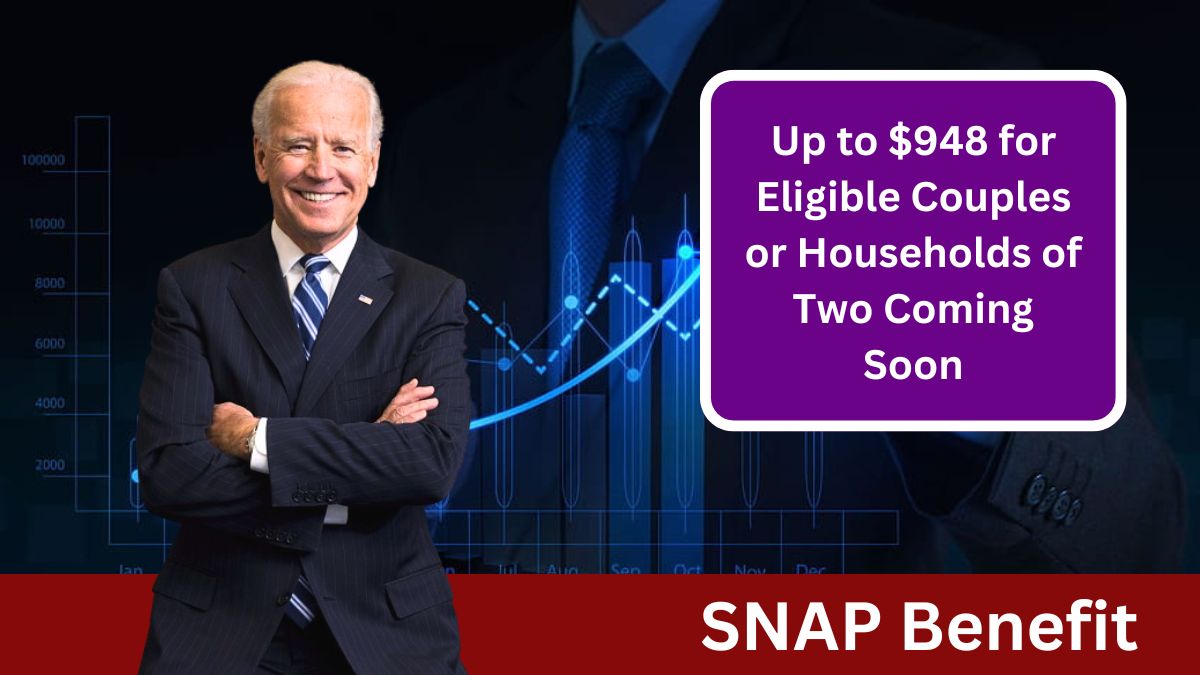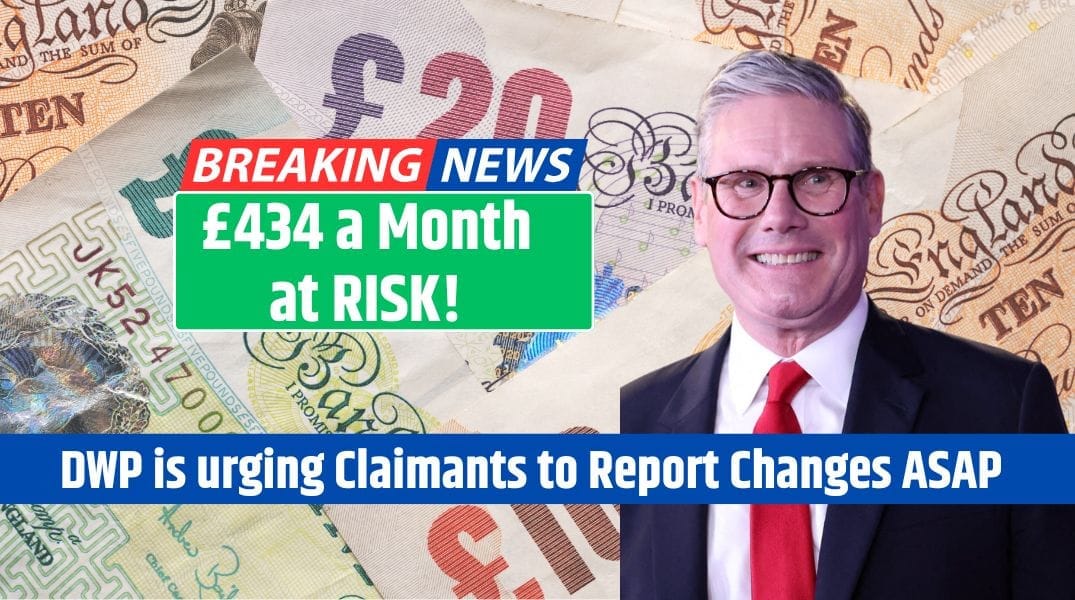The Supplemental Nutrition Assistance Program (SNAP) provides essential financial support to millions of households across the U.S. by helping them purchase nutritious food. Depending on where you live, the amount of SNAP benefits you receive can vary significantly. In states like Hawaii, where the cost of living is higher, the maximum SNAP payments are among the highest in the country, second only to Alaska. Below, we’ll cover the payment schedule for November in Hawaii, the eligibility for receiving benefits, and the maximum benefit amounts.
SNAP Payments
In Hawaii, SNAP benefits will be distributed over two days in November. Payments will be issued on:
- November 3 for recipients whose last names begin with A-I.
- November 5 for those whose last names begin with J-Z.
If you receive both SNAP benefits and cash assistance through direct deposit, your payment will be made on December 1, 2024.
SNAP Benefit Amounts
Hawaii has one of the highest SNAP benefit amounts due to its higher cost of living. Here are the maximum benefit amounts for households in Hawaii:
| Household Size | Maximum Benefit Amount |
|---|---|
| 1 person | $517 |
| 2 people | $948 |
| 3 people | $1,357 |
| 4 people | $1,723 |
| 5 people | $2,046 |
| 6 people | $2,456 |
| 7 people | $2,714 |
| 8 people | $3,102 |
| Each additional person | + $38 |
For comparison, the maximum benefit for a two-person household in the contiguous 48 states and Washington, D.C., is $536, significantly lower than Hawaii’s maximum of $948.
SNAP Paydays
Each state has its own schedule for issuing SNAP payments. Below are some notable paydays for other states in November 2024:
- Alabama: November 4 to 23
- Arizona: November 1 to 13
- California: November 1 to 10
- Florida: November 1 to 28
- Georgia: November 5 to 23
- New York: November 1 to 9
- Texas: November 1 to 28
- Virginia: November 1 to 7
Additionally, territories like Guam and Puerto Rico have their own schedules, with payments in Guam distributed from November 1 to 10 and in Puerto Rico from November 4 to 22.
SNAP Payment Eligibility
To qualify for SNAP benefits in Hawaii, you must meet specific eligibility criteria based on income, household size, and other factors. Additionally, to receive SNAP benefits on the designated payment days in November, recipients must:
- Be a resident of Hawaii.
- Meet the income and asset limits set by the program.
- Be issued a payment date based on the first letter of their last name.
For those eligible for combination SNAP and cash assistance payments, benefits are issued on the first day of each month.
SNAP benefits are a crucial resource for millions of Americans, especially in states with higher costs of living like Hawaii. With SNAP payments in Hawaii scheduled for November 3 and November 5, households can expect to receive their benefits based on the first letter of their last name. For those living in Hawaii, the maximum benefit for a two-person household is $948, providing much-needed support compared to the lower amounts available in most other states. If you’re eligible for SNAP, make sure to check your payment date and plan accordingly.
FAQs
When will SNAP payments be issued in Hawaii in November?
On November 3 and 5, based on the first letter of your last name.
What is the maximum SNAP benefit for a couple in Hawaii?
The maximum SNAP benefit for a two-person household in Hawaii is $948.
How do other states compare to Hawaii in terms of SNAP payments?
Most states, including the 48 contiguous states, have lower maximum benefits, such as $536 for a two-person household.
What are SNAP benefits based on?
SNAP benefits are based on household size, income, and other eligibility criteria.
Do other states have different SNAP payment schedules?
Yes, each state has its own SNAP payment schedule. For example, Alabama pays between November 4 to 23.











